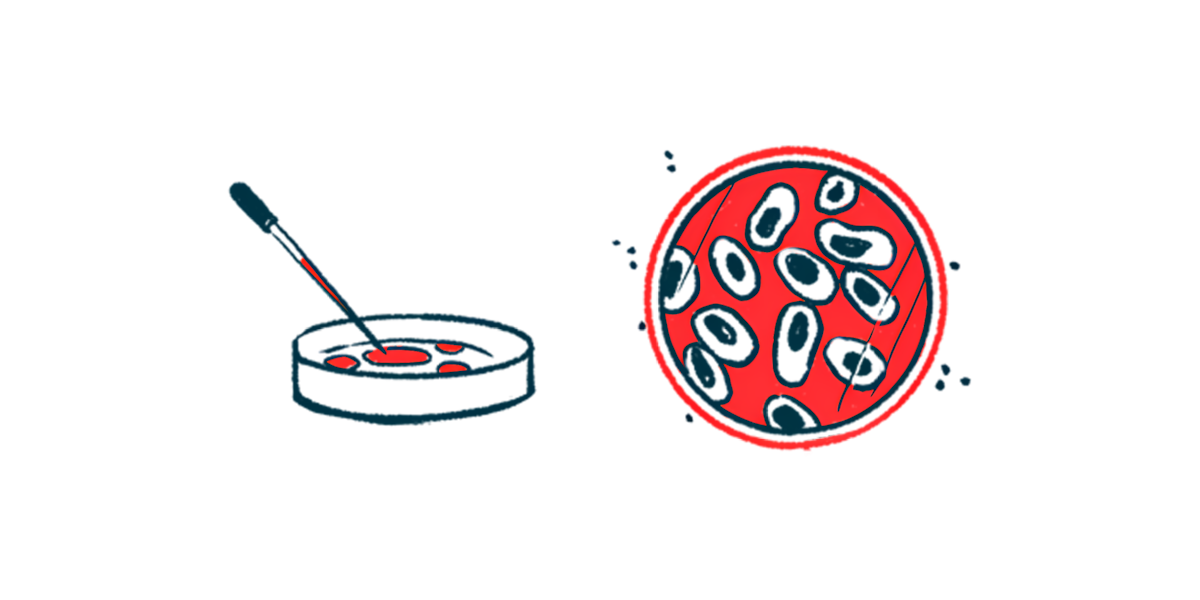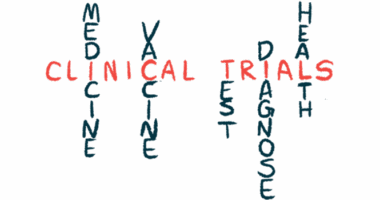One-time gene therapy controls Gaucher disease symptoms
4 patients in clinical trial see disease controlled without other treatments

One-time treatment with the gene therapy FLT201 (avigbagene parvec) may help control Gaucher disease without the need for additional therapies, according to new data from four patients in an early clinical trial.
Spur Therapeutics, the company developing FLT201, presented the data at the European Society of Gene and Cell Therapy (ESGCT) 32nd Annual Congress, held Oct. 7-10 in Seville, Spain.
“People with Gaucher disease endure a heavy treatment burden, including lifelong biweekly infusions,” Pilar Giraldo, MD, PhD, a hematologist at Hospital Universitario Quironsalud in Spain and an investigator in the clinical trial, said in a press release from Spur. “The data being presented at ESGCT show that a single infusion of avigbagene parvec enabled patients to remain off chronic therapy and maintain stable or improved clinical outcomes. These results highlight the potential of gene therapy to transform the care of Gaucher disease.”
Gaucher disease is caused by mutations in the GBA1 gene, which provides instructions for making the enzyme glucocerebrosidase (GCase). This enzyme, needed to break down certain fatty molecules, is deficient in people with Gaucher disease, so these fatty molecules build up to toxic levels in cells, driving Gaucher disease symptoms.
Available treatments for Gaucher disease include enzyme replacement therapy (ERT), which works by delivering a healthy version of the GCase enzyme to the body, and substrate reduction therapy (SRT), which works by reducing the production of the fatty molecules that would be degraded by GCase.
Gene therapy aims to overcome ‘shortcomings’ seen in other treatments
Although existing treatments can help slow disease progression, patients need to take the therapies regularly for their entire lives, which can be highly burdensome.
FLT201 is designed to deliver a healthy copy of the GBA1 gene to the body, allowing cells to produce a version of the GCase enzyme that’s more stable than the naturally occurring enzyme.
The therapy “was specifically designed to address the shortcomings of the existing standard of care, with the aim of reducing both the disease and treatment burden for people with Gaucher,” said Pamela Foulds, MD, Spur’s chief medical officer.
Spur recently published proof-of-concept data showing that the gene therapy increased enzyme activity in several key tissues and organs, and promoted the clearance of the toxic fatty molecule buildups.
The company is now running a Phase 1/2 study called GALILEO-1 (NCT05324943), which enrolled adults with Gaucher type 1 who had been on ERT or SRT for at least two years prior to entering the trial.
All participants in GALILEO-1 received one-time treatment with FLT201. The new data cover four of the participants who stopped taking other Gaucher treatments within three months of receiving a low dose of FLT201. These patients have now been off other treatments for between 19 and 23 months.
As of the latest follow-up, all four showed “rapid, robust and sustained” reductions in levels of glucosylsphingosine (lyso-Gb1), Spur said. Lyso-Gb1 is one of the fatty molecules that builds up in Gaucher, and reductions in this molecule are commonly used as a biomarker of treatment response.
Symptoms of Gaucher type 1 commonly include enlargement of the liver and spleen, as well as low levels of hemoglobin (the protein red blood cells use to carry oxygen) and of platelets, which are cell fragments that help blood clot.
Liver and spleen sizes had been stable as of the latest follow-up, hemoglobin levels have stayed in normal ranges, and platelet counts were stable or improved, according to Spur.
“These latest results build on the durability data we have previously reported, now showing favorable safety and efficacy for more than two years following a single low dose,” Foulds said.
Spur is planning a Phase 3 clinical trial to further test FLT201 in Gaucher disease, with the aim of supporting an application seeking approval of the gene therapy.
The company said it has aligned with the U.S. Food and Drug Administration (FDA) on plans for a single-arm study that could support both accelerated approval — a type of conditional approval where a therapy is allowed to be marketed based on early evidence it is likely effective — as well as full approval. The Phase 3 study is expected to launch in the first half of 2026, according to Spur.
“As we prepare to move into the Phase 3 trial, we see tremendous potential for avigbagene parvec to set a new standard of care with a one-time gene therapy,” Foulds said.




